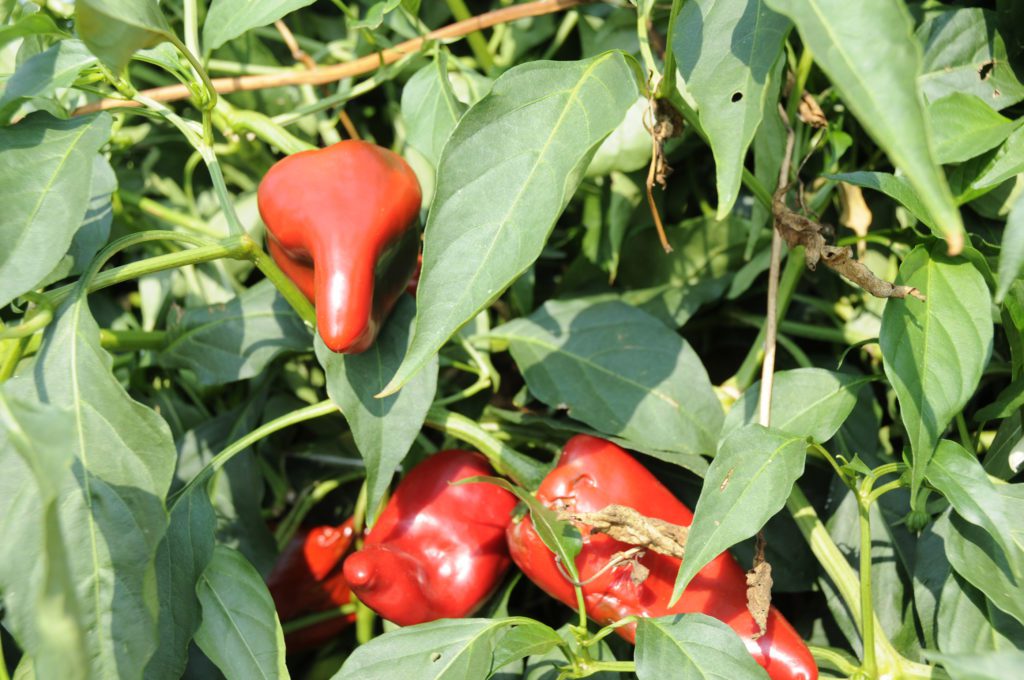Mar 19, 2018The poblano pepper, a spicier complement to the bell pepper
Juan Carlos Diaz-Perez, University of Georgia vegetable horticulturist, encourages Georgia vegetable producers to consider planting poblano peppers. Compared to bell peppers, poblano peppers have a greater yield per acre, comparable market price and more disease resistance.
Poblano pepper plants produce an average marketable yield of 71,000 pounds per acre, according to Diaz-Perez, who researched poblano peppers at the UGA Tifton campus. This average poblano pepper yield is 237 percent higher than the comparable state average yield for bell peppers, which came to 30,000 pounds per acre in 2016.
“The market price for the poblano pepper is similar, if not higher, when compared to bell peppers,” said Diaz-Perez. “Poblano peppers should be a consideration for those farmers looking for an alternative to bell peppers. It’s always important to have diverse crops. (Poblano peppers are part of) a niche market right now, but they are already in such high demand that I expect it to grow.”
The poblano pepper, which is spicier than the bell pepper, is also an attractive option because it seems to be less susceptible to diseases, according to Diaz-Perez. Southern blight disease does affect poblano peppers, but Diaz-Perez’s research shows that disease impacts poblano peppers less than it does bell peppers.
In recent years, demand for the green poblano pepper has increased. Diaz-Perez thinks that Georgia growers could meet consumer demand, which means the U.S. would no longer have to import poblano peppers from countries like Mexico.
“There’s always an interest in finding an alternative or complementary crop to maintain diversity among crops,” Diaz-Perez said. “You have more options to invest in that way.”
More restaurants and culinary enthusiasts crave the rich, spicy flavor of the poblano pepper, Diaz-Perez said.
“One common dish in Mexican cuisine is chile relleno, which consists of a poblano pepper stuffed with meat and cheese,” he said. “I don’t want to say which pepper is better, but the poblano adds a distinct, smoky flavor than can liven up any dish. It’s definitely a vegetable crop that farmers should add to their production list.”
Diaz-Perez suggests that farmers add the plant to their fields one to two weeks before installing bell pepper plants.
“They’re not exactly like bell peppers, and they prefer a cooler environment in order to grow,” he said. “While planting in the spring will produce a solid bounty, planting in early fall will produce a higher volume of peppers. They only take about 65 days to produce mature green fruit.”
For information on growing peppers in a home garden, refer to UGA Cooperative Extension Circular 1005, “Home Garden Peppers,” at extension.uga.edu/publications.
– Julie Jernigan is an intern at UGA-Tifton.
Above: Juan Carlos Diaz-Perez, University of Georgia vegetable horticulturist, suggests that farmers add poblano peppers to their fields one to two weeks before planting bell peppers.

















